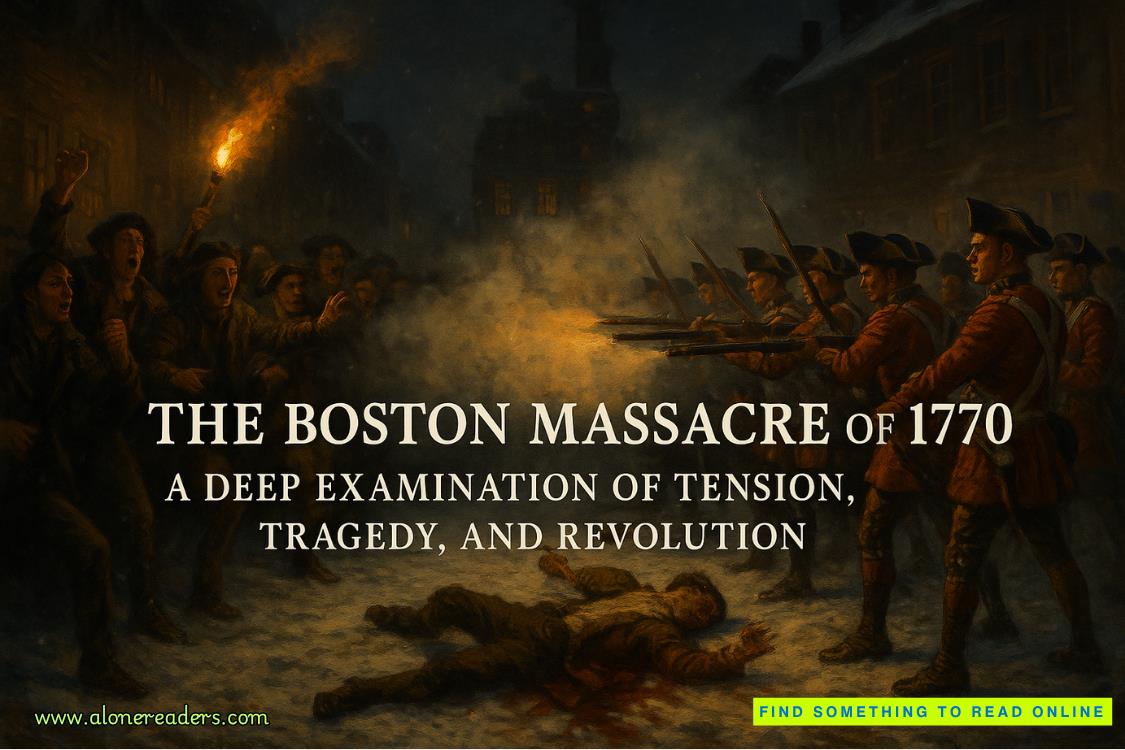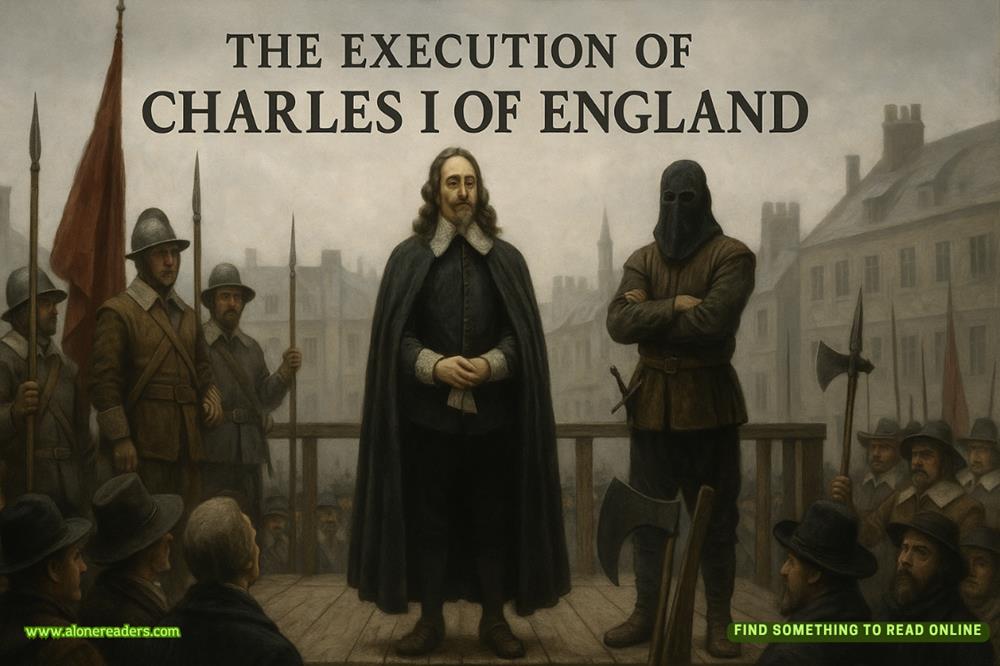Page 8 of The Christmas Retreat
‘I don’t think I’d bank on it, Ginny. What did the solicitor’s letter actually say, other than offering you a good price for the cottage?’
‘Oh, that their client had bought the estate and was planning to build there, and would like to purchase my cottage, too, because they intended installing security staff at the entrance to both drives. They have already purchased the big lodge at the front of the house.’
‘Then I think you are about to be prised off your rock, darling,’ Evie said.
‘There was an email address on the letter and I sent a message straight back, saying I wasn’t selling,’ I said quickly. ‘And then they answered that one by saying that he – the solicitor – would like to come to see me and talk it over.’
‘Good strategy to turn them down first time round. I think they’ll pay you a staggeringly big price for it, if you play it right, Ginny. And you will have to sell because it sounds like they’re going to make it untenable for you to stay there.’
Just then there was a screaming metal sound outside that reminded me horribly of that road accident – and I was still having nightmares and flashbacks about that two years on. Holding the phone, I went out into the front garden and peered over the rustic fence. A large flatbed truck had pulledup outside and the first of the rusted wrought-iron gates had been wrenched from its hinges and was already being loaded on to it.
‘What’s that horrible noise?’ asked Evie.
‘I think the barbarians are already at the gates,’ I told her, with a sick feeling in my stomach.
*
I am nothing if not stubborn so I stuck it out as November moved into December and winter set in. The price they offered went up and up, but so too did veiled threats that, finally, led to action, as the ground began to be cleared ready for building and the drives and woodland reclaimed from the wilderness I loved.
The straw that broke me was discovering that most of my rear garden – everything beyond the trellis fence – actually still belonged to the estate, and a bulldozer made short work of it. The only survivor was the huge old plum tree. Then came the information that if I would not sell, then the six-foot security fence that would run around the inner side of the estate wall would extend right around my cottage and garden, so I could envisage the tiny patch left at the back of the cottage would be more like a gorilla pit.
I didn’t want to leave, but the things I didn’t want to leave were mostly already wrenched away from me. I accepted their last offer on the understanding that they didn’t hassle me until I’d moved out, and told them I’d leave at the start of February, which would give me one last Christmas in the cottage and time to decide where I was going to go next.
3
Painted In
During my last phone call with Evie, I had been so taken up with my own grief over losing Mrs Snowboots and the sudden realization that my life at Wisteria Cottage was coming to a close that I had forgotten to ask her how her current research was going for the latest in herPainted Back Inseries of books about the lives and work of largely forgotten female artists.
She had decided to research the mysterious woman her mother had always referred to as Aunt Milly, although in fact she was no relation at all.
As a child, Evie had for a few years received birthday and Christmas gifts from this unknown person, but it was only when she reached her teens that my grandmother had told her who she was.
Granny, Frances Madoc, had been the illegitimate child of an artist’s model, who had lived in Cornwall with Milly Vane, an artist known for her woodcut prints. Arwen Madoc, my great-grandmother, had died soon after the birth in 1920, leaving the child to be raised by Milly.
Since Milly’s elder brother, Edwin, had made himselfresponsible for paying my grandmother’s school fees, Frances was convinced that he was her father, but had refused to marry her mother when she fell pregnant.
Milly herself had not confirmed this – and in fact, according to my grandmother, had not wanted to talk about Frances’s mother – except to say that she had been the love of her life. This did not appear to have stopped her installing a series of other female lovers at her Cornish home while Frances was growing up.
Frances seemed to have reacted to the shame of having been born illegitimate and the scandal of Milly’s bohemian existence by becoming as prim and proper as Milly was not. Then, as soon as she had completed her teacher training, she became estranged from her and never saw her again.
Milly, however, must have kept track of her since she had known about Evie and sent her those gifts at Christmas and birthdays. And odd, fun things they had been, Evie told me, like the silk kimono embroidered with cranes and lotus blossom, and the Moroccan leather slippers with curled-up toes …
Evie had deduced most of what she knew about Milly from the little her mother had let drop on the subject, because by the time she was old enough to try to track down Milly Vane herself, she found she had died of MS in a residential home for artists and actors several years before.
So, when I next rang the flat and Liv had finally ceased trying to persuade me to spend Christmas there with her and Evie – not an attractive prospect, since Evie didn’t really celebrate it, always referring to it as an excuse for gluttony, self-indulgence and mindless consumer spending – and passed the phone across to Evie, I asked her: ‘How are you getting on with your life of Milly Vane? Was your trip to Cornwall useful?’
‘Yes, it was, very. Milly moved to Lamorna in summer 1919 with her brother, Edwin, also an artist, although he seems to have soon headed back to London. I found some interesting leads to follow up. A lot of artists moved to that part of Cornwall around then, and there are bound to be references out there to be dug up,’ she said. ‘Milly’s woodcuts were well regarded and I hope to see some samples in private collections. She also illustrated several books, so I’ve got Liv trying to track down copies of those.’
‘It sounds promising,’ I said. ‘And you were hoping to contact one of Milly’s descendants too, weren’t you?’
‘I already have: a great-niece, Charlotte Vane, still living in the family home in St John’s Wood, where her grandfather, who was Milly’s elder brother, Edwin, lived. We’ve exchanged emails and spoken on the phone a couple of times, but she’s a hospital consultant, with a husband and three children, which makes her a bit too distracted to concentrate on the matter in hand.’
‘I can imagine, but I expect her priorities are different from yours, Evie!’ I said, wondering what this unknown woman was like, who might or might not be a distant relative, if Edwin really had been Granny’s father.
‘Of course,’ Evie continued, ‘when I explained I was the daughter of Frances Madoc, she knew exactly who I was, and that my mother had been brought up by Milly Vane. Her father had told her all about it. But she had had no idea that Evie Chase the art historian was Frances’s daughter. It was quite a surprise to her.’
Evie expected everyone to know who she was, and to be honest, most people did, although I expected the ones who had come off worst in a bruising verbal encounter wished they didn’t.















